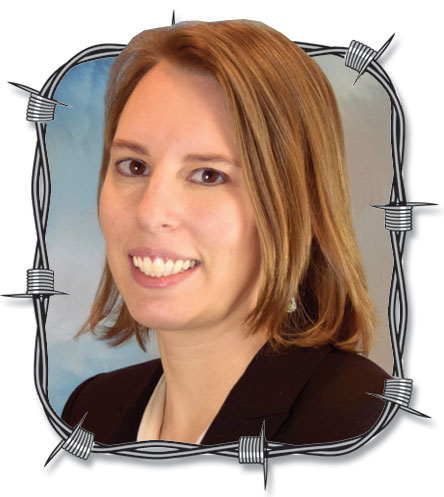 Trying to find inspiration for this article, I found myself looking back at all the articles I’ve written through the years. One of the very first I wrote for Ozarks Farm & Neighbor was in 2012 at the beginning of our last “big” drought. The farm income situation was different than it is today. We were coming off record crop and cattle income, plus the abundant spring rains and mild winter had allowed for earlier crop and forage establishment as well as hay production prior to summer heat. Farmers and ranchers were at least decently situated to “weather” the impending drought.
Trying to find inspiration for this article, I found myself looking back at all the articles I’ve written through the years. One of the very first I wrote for Ozarks Farm & Neighbor was in 2012 at the beginning of our last “big” drought. The farm income situation was different than it is today. We were coming off record crop and cattle income, plus the abundant spring rains and mild winter had allowed for earlier crop and forage establishment as well as hay production prior to summer heat. Farmers and ranchers were at least decently situated to “weather” the impending drought.
Today, markets have been quite a bit lower than 2011, and we had a dry winter that jumped right into the middle of summer without the mild temperatures and wet conditions that our fescue pastures crave. As a result, we’re left with OK pastures going into summer that have quickly begun to deteriorate. Those not already feeding hay are looking for it. The dry, hot conditions have stunted crop growth in fields not fortunate enough to be irrigated. Unfortunately, the market prices of the last couple of years have not given farmers the cushion they enjoyed at the beginning of 2012.
Those of us in the agricultural industry know it to be true – farmers and ranchers are resilient, resourceful and are part of one of our most unpredictable industries. We understand the business is cyclical, if just by the biological nature of agriculture. We know the risks of our livelihoods resting on a weather-dependent industry. We plan, we prepare and we hope it is enough.
For some of us, precautionary actions are second nature and have become an integral part of our annual planning. We have lived through multiple weather events and know the risks. So, we plan accordingly – crop insurance is purchased to protect income, herds are culled to manage pasture availability, hay and other inputs are pre-paid before prices rise, etc.
Those of us who did not anticipate changing weather patterns are learning and, in some cases, making hard decisions. It might mean heavy culling in an anticipated growth year. It might mean forestalling improvements to purchase hay and other inputs. It might mean adjusting our growth plans to account for the extra expenses. It might mean hoping we got enough crop insurance to cover inputs and living expenses if the crop is lost. It might mean adjusting our living expenses to ensure the farm survives.
Any decision, whether made prior, during or after a significant weather event, should include the input of your advisors. They could be your CPA (tax ramifications), family members (the farm’s future), your financial advisor/lender (payments and cash flow), your insurance agent (available plans), fellow farmers (ideas and options), and your local extension agent (programs and emergency funding). Agriculture is the backbone of every culture, without which there would literally be no food, shelter or clothing, all integral to survival. It is in your advisors’ best interests to ensure your survival through both good and bad times. Take time to glean from them, to plan and prepare now so that it is enough to ensure your future.
Jessica Allan is an agricultural lender and commercial relationship manager at Guaranty Bank in Neosho, Mo. A resident of Jasper County, she is also involved in raising cattle on her family’s farm in Newton County and is an active alum of the Crowder College Aggie Club.




